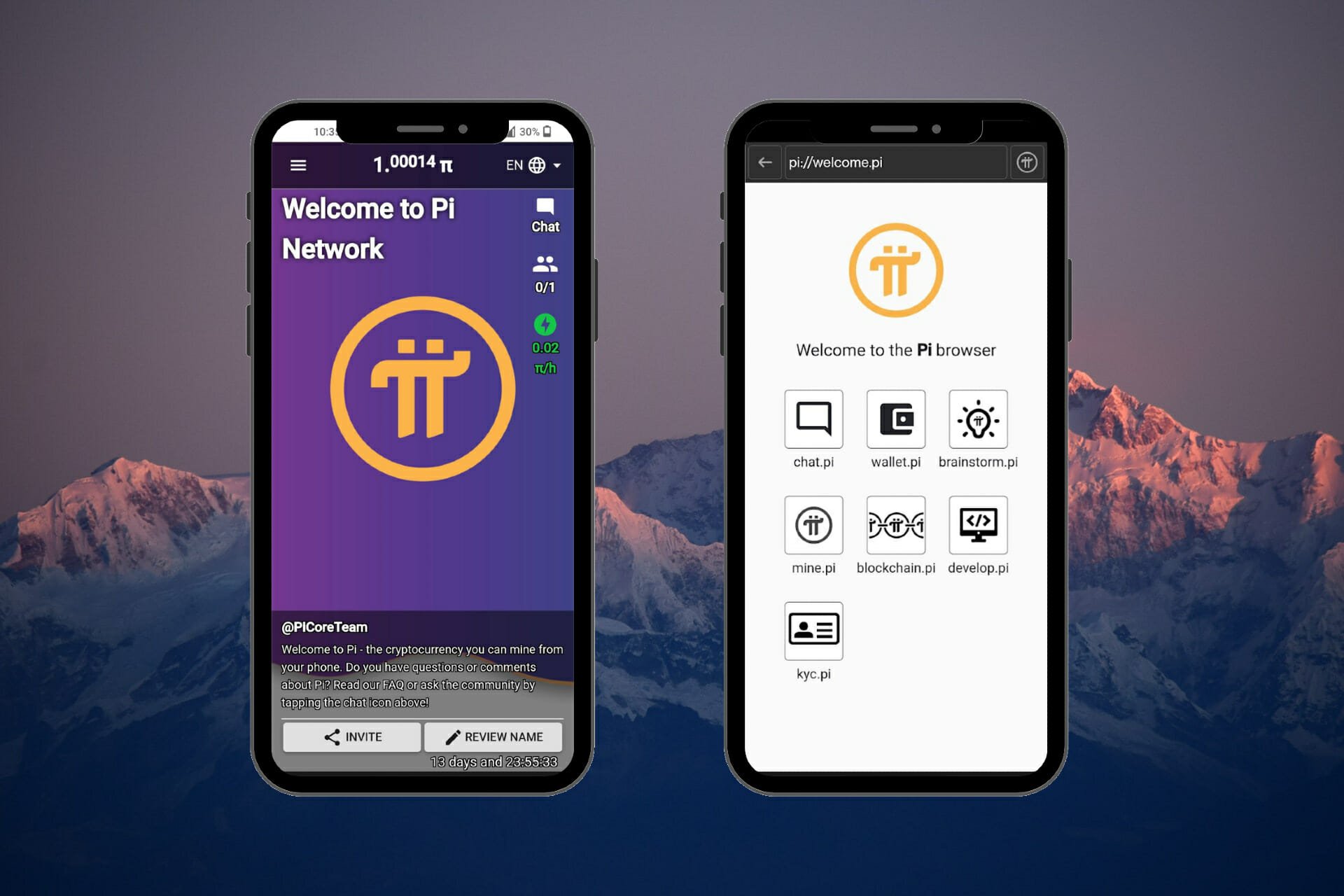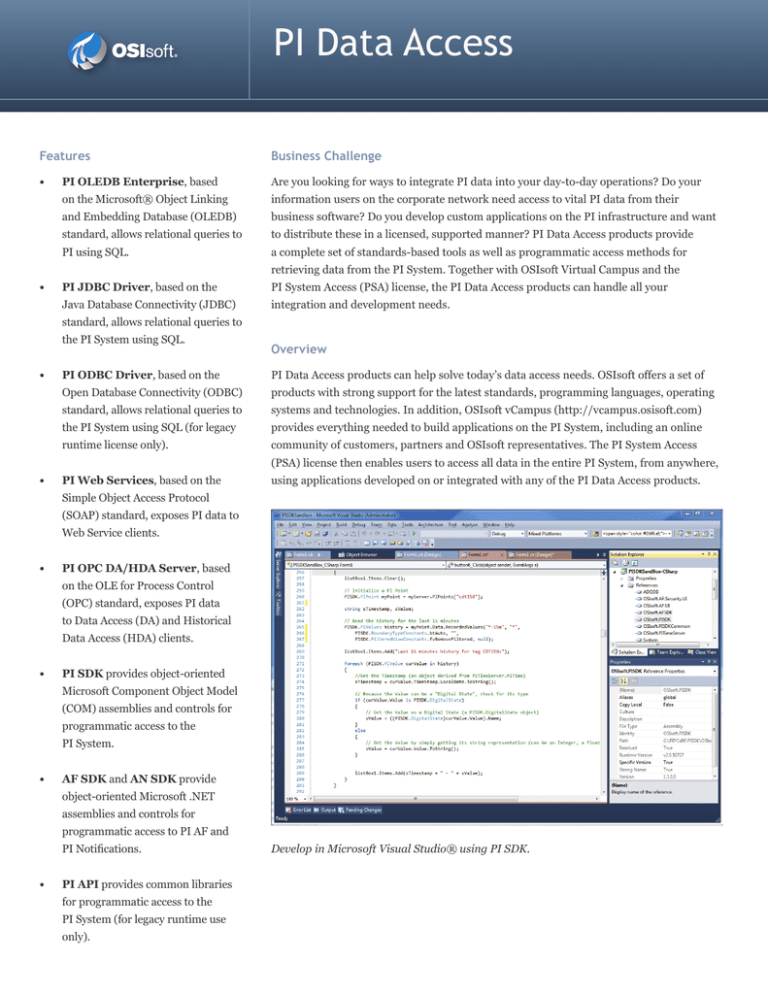So, you’ve got a Raspberry Pi sitting on your desk, but what if you want to access it from anywhere in the world? Imagine being able to control your Pi remotely, whether you're at home, work, or even on vacation. This guide is all about helping you set up your Raspberry Pi for remote access using Windows 10, and trust me, it’s easier than you think.
Accessing your Pi from anywhere opens up a whole new world of possibilities. Whether you're running a home automation system, a media server, or just want to tinker around with some coding projects, remote access can make your life so much simpler. In this article, we’ll walk you through everything you need to know to get started, step by step.
Don’t worry if you’re not a tech wizard. We’ve got you covered with clear instructions, helpful tips, and even a few tricks to make the process smooth as butter. So grab a coffee, sit back, and let’s dive into the world of remote Raspberry Pi control!
Read also:Zak Brown Wife The Story You Didnt Know
Why Access Pi from Anywhere on Windows 10?
First things first, why would you even want to access your Raspberry Pi from anywhere using Windows 10? Well, let me tell you, there are tons of reasons! For starters, it gives you flexibility. You don’t have to be physically present near your Pi to manage it. Need to reboot a server? No problem. Want to check on your home security system? Easy peasy.
Plus, it’s super handy for troubleshooting. Let’s say you’re working on a project and something goes wrong while you’re out of town. Instead of panicking, you can simply log in remotely and fix the issue in no time. And let’s not forget the convenience factor. Imagine being able to stream media from your Pi to your Windows 10 device, no matter where you are. It’s like having a personal cloud, but way cooler.
What You Need to Get Started
Before we jump into the nitty-gritty, let’s talk about what you’ll need to access your Pi from anywhere. First and foremost, you’ll obviously need a Raspberry Pi. Make sure it’s set up and running smoothly. Next, you’ll need a Windows 10 computer or laptop. That’s where you’ll be accessing your Pi from. Oh, and don’t forget a stable internet connection. Without that, well, you’re kinda screwed.
Here’s a quick list of essentials:
- Raspberry Pi (any model will do)
- Windows 10 device
- Reliable internet connection
- SSH enabled on your Pi
- A static IP address or dynamic DNS service
Got all that? Great! Now let’s move on to the fun part.
Setting Up SSH on Your Raspberry Pi
SSH, or Secure Shell, is your best friend when it comes to remote access. It allows you to connect to your Pi securely over the internet. To get started, you’ll need to enable SSH on your Pi. Don’t worry, it’s super easy. Just head over to the Raspberry Pi Configuration tool, go to the Interfaces tab, and enable SSH. Boom, done!
Read also:Bring It On All Or Nothing The Ultimate Guide To Living Life At The Edge
Once SSH is enabled, you’ll need to find out your Pi’s IP address. You can do this by typing ‘ifconfig’ in the terminal. Look for the ‘inet’ address under the ‘wlan0’ section. That’s your Pi’s local IP address. Keep it handy, you’ll need it later.
Why SSH Matters
SSH isn’t just about convenience, it’s also about security. When you connect to your Pi using SSH, your data is encrypted, which means no one can snoop on what you’re doing. This is especially important if you’re accessing your Pi from public Wi-Fi networks. Trust me, you don’t want some random hacker getting into your Pi and messing things up.
Configuring Your Router for Remote Access
Now that SSH is all set up, it’s time to configure your router. This step is crucial because it allows you to access your Pi from outside your local network. You’ll need to set up port forwarding on your router. Basically, this means telling your router to direct incoming connections on a specific port to your Pi.
Here’s how you do it:
- Log in to your router’s admin panel. You’ll usually find the login details on a sticker on the back of your router.
- Go to the port forwarding section. It might be called something different depending on your router, but it should be easy to find.
- Add a new rule and set the external port to 22 (the default SSH port). Set the internal IP address to your Pi’s local IP address.
Once you’ve set up port forwarding, test it out by trying to connect to your Pi from another device on your network. If everything’s working as it should, you’ll be able to SSH into your Pi without any issues.
Using Dynamic DNS for Easy Access
Here’s the thing: your home internet connection probably doesn’t have a static IP address. This means your public IP address can change from time to time, which can make remote access a real pain. That’s where Dynamic DNS comes in. Services like No-IP or DuckDNS allow you to assign a hostname to your Pi, so you can access it using a domain name instead of an IP address.
Setting up Dynamic DNS is pretty straightforward. Just sign up for a free account with one of the services I mentioned, and follow their instructions to install the client on your Pi. Once it’s all set up, you’ll be able to access your Pi using a domain name like ‘mypiraspberry.ddns.net’ instead of a random string of numbers. Much easier, right?
Why Dynamic DNS is Awesome
Dynamic DNS isn’t just about convenience, it’s also about reliability. If your IP address changes, the DNS service will automatically update it for you, so you don’t have to worry about losing access to your Pi. Plus, it’s way easier to remember a domain name than a bunch of numbers. Trust me, your future self will thank you for setting this up.
Connecting to Your Pi from Windows 10
Now for the moment you’ve been waiting for: connecting to your Pi from your Windows 10 device. There are a few different ways to do this, but the easiest is probably using PuTTY. PuTTY is a free and open-source SSH client that’s super easy to use. Just download it from the official website, open it up, and enter your Pi’s hostname or IP address in the ‘Host Name’ field.
Once you’ve entered the details, click ‘Open’ and you’ll be prompted to enter your Pi’s username and password. If everything’s set up correctly, you should now be connected to your Pi. Congrats, you’ve just taken the first step towards remote Raspberry Pi control!
Alternative Tools for Remote Access
PuTTY isn’t the only game in town when it comes to SSH clients. If you’re looking for something a bit more advanced, you might want to check out MobaXterm or WinSCP. Both of these tools offer extra features like file transfer and graphical interfaces, which can be really handy if you’re doing more complex tasks.
Securing Your Remote Access
Now that you’ve got everything set up, it’s time to think about security. You don’t want some random person gaining access to your Pi, do you? Here are a few tips to keep your Pi safe:
- Change the default SSH port from 22 to something less obvious. This can help deter automated attacks.
- Use strong passwords or, even better, set up SSH keys for authentication.
- Limit SSH access to specific IP addresses if possible.
By following these simple steps, you can make your Pi much more secure. Remember, security is all about layers. The more layers you add, the harder it is for someone to break in.
Troubleshooting Common Issues
Let’s face it, things don’t always go smoothly. If you’re having trouble accessing your Pi from Windows 10, here are a few common issues and how to fix them:
- Can’t connect to the Pi: Double-check your IP address and make sure port forwarding is set up correctly.
- SSH not working: Make sure SSH is enabled on your Pi and that the service is running.
- Authentication failed: Check your username and password, and make sure you’re using the correct port.
If none of these solutions work, don’t panic. Sometimes a simple reboot can fix the issue. And if all else fails, there’s always Google. Trust me, someone out there has probably had the same problem as you.
Advanced Tips for Power Users
If you’re feeling confident and want to take your remote access skills to the next level, here are a few advanced tips:
- Set up a VPN for added security.
- Use SSH tunneling to access other services on your Pi.
- Automate tasks using cron jobs or scripts.
These tips might sound intimidating, but they’re actually not that hard once you get the hang of them. And the best part? They can save you a ton of time in the long run.
Why Automation is Key
Automation isn’t just for lazy people (although, let’s be honest, it is pretty awesome). It’s also about efficiency. By automating repetitive tasks, you can focus on the stuff that really matters. Whether it’s backing up your files, updating your software, or even sending you a daily report, automation can make your life so much easier.
Conclusion
And there you have it, folks. A complete guide to accessing your Raspberry Pi from anywhere using Windows 10. From setting up SSH to configuring your router and securing your connection, we’ve covered it all. Now you’ve got no excuse not to start tinkering with your Pi from the comfort of your couch.
Remember, the key to successful remote access is preparation. Make sure everything’s set up correctly, and don’t forget to test it out before you need it. And if you run into any issues, don’t hesitate to reach out to the Raspberry Pi community. There are tons of helpful people out there who are more than happy to lend a hand.
So what are you waiting for? Get out there and start exploring the world of remote Raspberry Pi control. Who knows, you might just discover your next big project. And if you’ve got any questions or tips of your own, be sure to leave a comment below. Happy tinkering!
Table of Contents
- Why Access Pi from Anywhere on Windows 10?
- What You Need to Get Started
- Setting Up SSH on Your Raspberry Pi
- Configuring Your Router for Remote Access
- Using Dynamic DNS for Easy Access
- Connecting to Your Pi from Windows 10
- Securing Your Remote Access
- Troubleshooting Common Issues
- Advanced Tips for Power Users
- Conclusion



